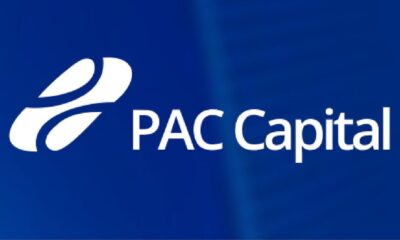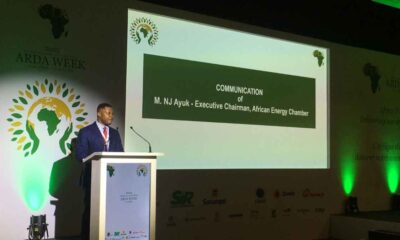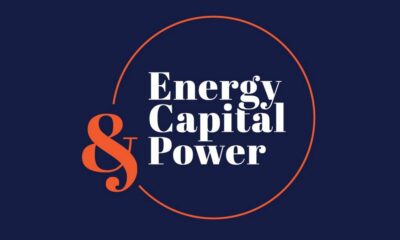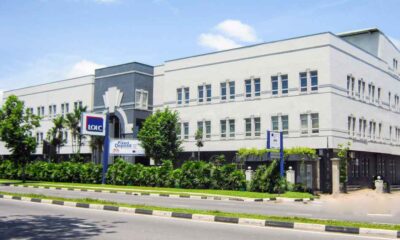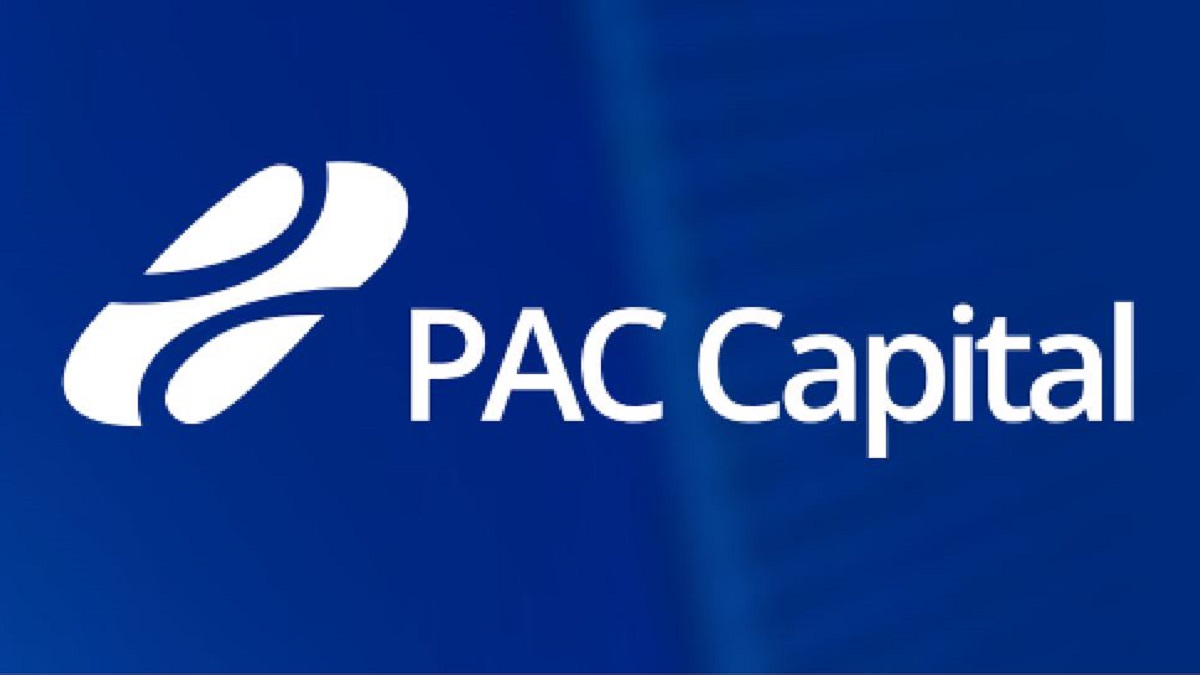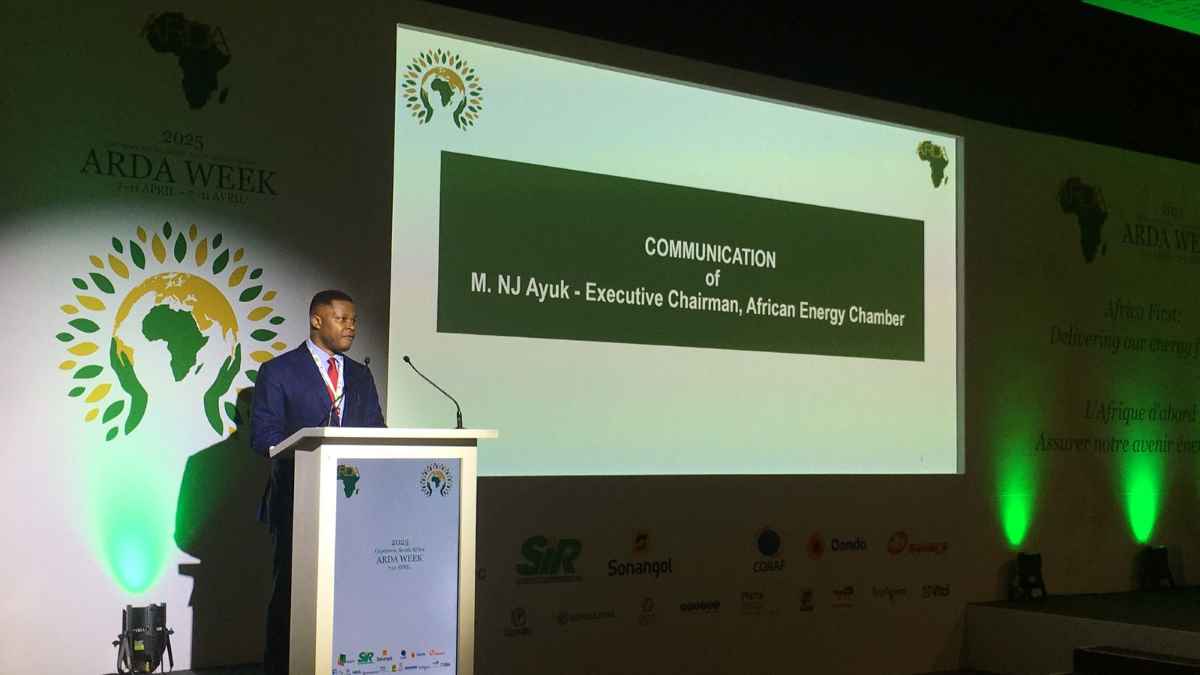Nuclear power also creates minimal byproducts, which Africa is well suited to manage
JOHANNESBURG, South Africa, March 29, 2023/APO Group/ —
By Cheikh Niane, Permanent Secretary for Energy, Secretary general of Ministry of Petroleum and Energies, Senegal and NJ Ayuk, Executive Chairman, African Energy Chamber (http://www.EnergyChamber.org).
Globally, 800 million people lack electricity – and 80% of them live in Africa. With the continent’s population expected to nearly double by 2050, our energy needs are only growing. Generating reliable electricity for 2.5 billion souls – in a safe, green, and sustainable manner – will prove no small feat.
Fortunately, one solution does meet those competing criteria: nuclear energy. No single power source is a panacea, but nuclear answers many of Africa’s energy needs. It’s a safe, reliable, long-term power source that is arguably more eco-friendly than the most advanced forms of wind and solar energy. Better yet, small modular reactors (SMRs) are addressing the issue of nuclear’s large startup costs. SMRs’ largest components can be built in-factory and shipped to site, which makes them significantly more affordable and scalable for developing nations. I’m encouraged to see Ghana pursuing this technology, and South Africa and Egypt operating and building traditional plants. I can only hope that other nations follow suit – nuclear remains a strong weapon against energy poverty.
Safe
Pop culture has created myths about the dangers of nuclear energy. Even taking the Chernobyl, Russia explosion and Fukushima, Japan evacuations into account, nuclear remains ranked as the world’s second safest energy source. At .03 deaths (https://apo-opa.info/3M3IY2D) (per terawatt hour (the average power flow over 1012 hours), it’s nearly as safe as solar (.02 deaths per terawatt hour). Coal, on the other hand, sees 24 deaths per terawatt hour. Tellingly, the U.S. and France – the world’s largest producers of nuclear energy – have never seen a serious (https://apo-opa.info/3lOyucK) reactor accident. In short, responsible nations should ignore unscientific fearmongering and continue to work with the International Atomic Energy Agency (IAEA), which helps nations develop safe and compliant nuclear programs.
Reliable
Nuclear easily holds the crown in terms of reliability – of all energy sources it has the highest capacity factor (https://apo-opa.info/3G0TWlB), which means that nuclear plants produce at maximum capacity 92% of the time. Contrast this with wind and solar, which operate at full capacity 35% and 25% of the time, respectively. Unlike nuclear fission, these renewables produce at the mercy of weather. Nuclear plants also require less frequent maintenance, so they operate for longer and more consistent stretches.
This matters because we need reliable tools to combat energy poverty. We can’t ask the 900 million Africans who use dirty or hazardous cooking fuel to place their sole trust in wind or solar – a grid that operates 25-35% of the time does not constitute a significant step forward. Renewables do have a place in Africa’s future – but our current strategy needs to incorporate more tried and true methods.
Green
Last July, the European Union began to acknowledge nuclear power as a sustainable energy source. Cynics attribute this new label solely to rising oil prices, but nuclear’s green benefits have always been clear: It’s a zero emission, long term, plentiful source that demands little land and generates negligible amounts of waste (The nuclear waste created by one American’s electricity use over 70 years would fit into a soda can.) And despite the enthusiasm for renewables like solar and wind, nuclear power outstrips both in sustainability.
Many nations that could afford nuclear energy remain understandably wary of the 10 to 15 years required for constructing a traditional plant
By its very nature, nuclear power is eco-friendly: Reactors create energy by fission (the splitting of atoms) – so they emit virtually no greenhouse gasses or pollutants. The International Energy Agency estimates that nuclear energy enables the globe to avoid 1.5 gigatonnes (https://apo-opa.info/3JX6kEF) of emissions each year (the equivalent of what 200 million cars emit annually).
Nuclear facilities also use very little land. A 1,000-megawatt nuclear facility requires one square mile to operate – to generate the same amount of power, a solar photovoltaic plant would require 75 miles, and a wind farm 360 miles. In terms of land footprint, nuclear is literally over a hundred times more efficient than these much-touted renewables.
Nuclear power also creates minimal byproducts, which Africa is well suited to manage. Literally all of the nuclear waste generated by the U.S. in five decades could fit into a football field (https://apo-opa.info/40qbsbi) 10 yards deep. Future waste could be buried deep in the ground – a storage method suited to nations that already contain deep mining (https://apo-opa.info/40LBkhq) facilities, including South Africa.
It’s also worth noting that nuclear equipment simply lasts longer than that of renewables. A single reactor can operate for upwards of 70 years, partly because old components can be maintained and replaced. Contrast this with solar panels, which are designed to last 30 years at most. The used panels – and their toxic components like cadmium, arsenic, and chromium – must then be disposed of, creating a never-ending waste management problem (https://apo-opa.info/3TPLKun).
Improved Technology
Of course, nuclear power has always suffered from a significant disadvantage: Its installation is expensive and requires considerable upfront investment. Many nations that could afford nuclear energy remain understandably wary of the 10 to 15 years required for constructing a traditional plant.
However, new technology is already cutting that time in half – SMRs can be built in under five years, offering game-changing opportunities for Africa’s nuclear development. This significantly reduces startup costs, enables more flexible siting, and allows for incremental growth – nations can gradually add multiple SMRs as they expand their grid. These qualities all make nuclear much more accessible for nations with smaller budgets and scattered populations – and a few, including Ghana, have already taken notice.
Moving Forward
Ghana, which operates a research reactor and follows the IAEA “milestone approach” for adopting nuclear power, has ambitions to become a leader in SMR deployment. Its commitment has already attracted international investment – Japan and the U.S. are contributing feasibility studies, with plans (https://apo-opa.info/3JRg3Mt) to provide technical and regulatory assistance. The joint endeavor is partly enabled by the American program FIRST (https://apo-opa.info/3M1LKWa), which supports nuclear as a method of fighting climate change. It’s a reminder that the international community increasingly embraces nuclear as green – nations should open their eyes to these partnership opportunities.
It’s also worth noting the nations pursuing more conventional plants — South Africa currently operates a commercial nuclear plant, and Egypt has already begun construction on one with Rosatom, a Russian company that also installs SMRs.
Several other African states have strong potential to construct plants by 2030. Algeria, Morocco, and Nigeria also operate research reactors and have expressed interest in commissioning plants. Kenya and Sudan have worked with the IAEA and supplier countries such as Russia and China.
Countries like Ethiopia, Kenya, Niger, Rwanda, Senegal, Uganda, Tanzania and Zambia are currently working with IAEA who is supporting them as Embarking Countries in Establishing National Infrastructure for Research Reactors program and this is progressing well considering the milestones approach of the IAEA.
We encourage these states to continue the good work, and for others to accelerate their talks with the IAEA. Even a single SMR can power an entire city (https://apo-opa.info/3M0kFTb) for decades, and scaling them will only grow easier. Nuclear remains a safe, clean, and reliable long-term investment – and our strongest weapon against our rising population’s demand for energy.
Distributed by APO Group on behalf of African Energy Chamber.
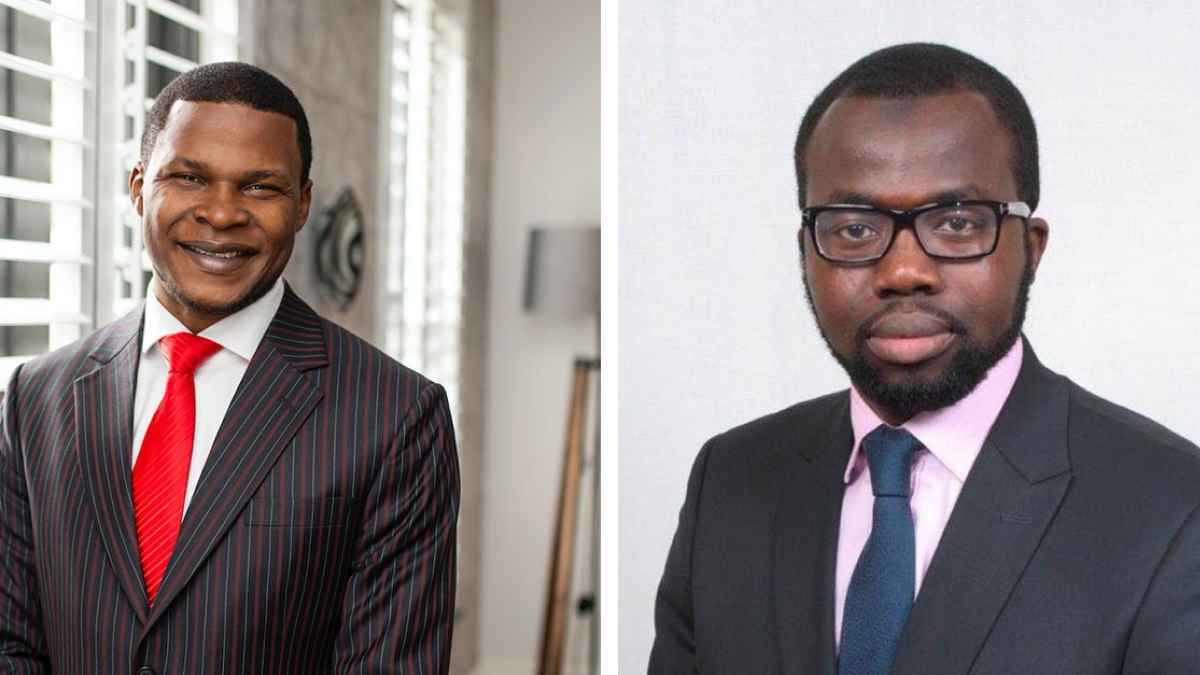
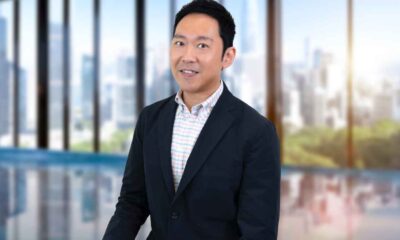
 Business4 days ago
Business4 days ago
 Business4 days ago
Business4 days ago
 Business5 days ago
Business5 days ago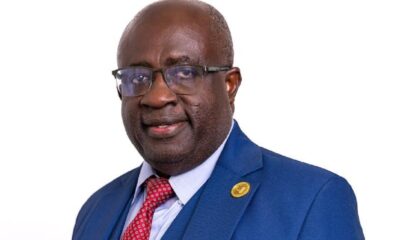
 Business4 days ago
Business4 days ago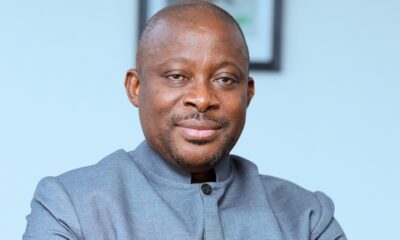
 Business4 days ago
Business4 days ago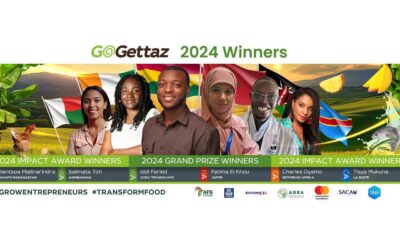
 Business4 days ago
Business4 days ago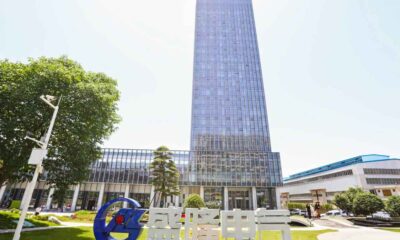
 Business5 days ago
Business5 days ago
 Business5 days ago
Business5 days ago
